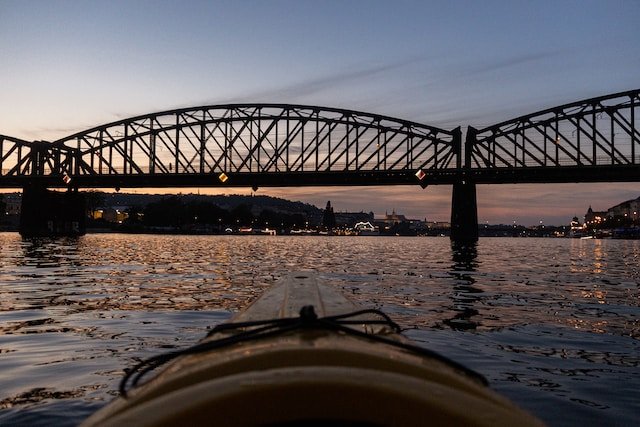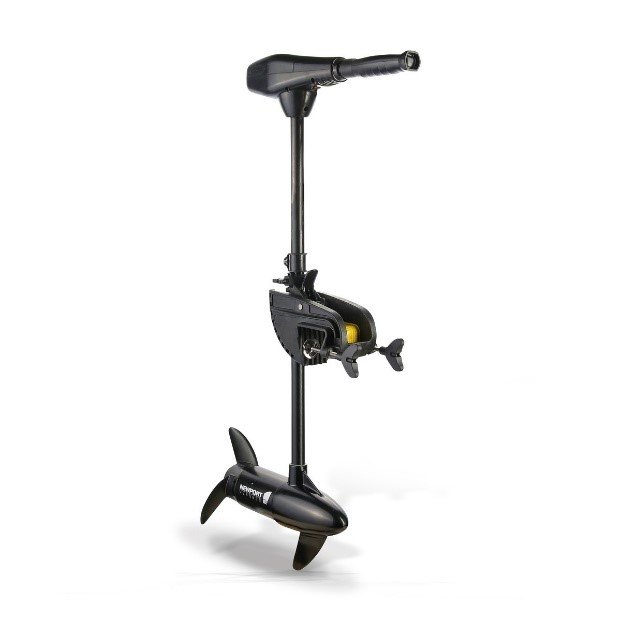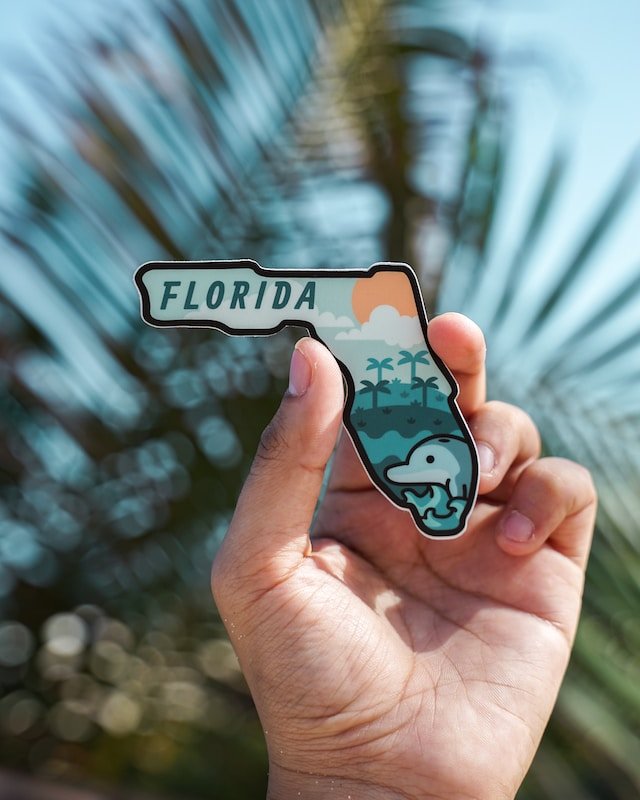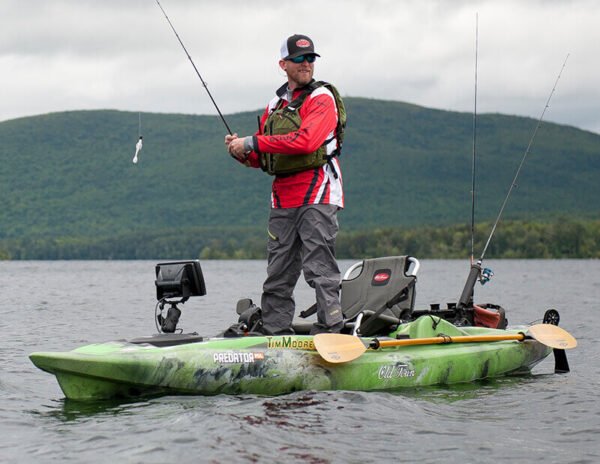What Is The Safest Way To Float If Your Small Craft Capsizes?

Floating is perhaps the best way to survive a capsizing. When the waves get rough and you are either thrust out or have to abandon your small craft, being able to stay afloat till help comes might be the difference between life and death for boaters. It’s, therefore, crucial to know the safest way you should float when push comes to shove.
What Does Capsizing Mean?
The term “capsizing” is used to describe a maritime accident in which a vessel, such as a boat or a ship, overturns. This can happen when the vessel’s stability is suddenly impaired, such as when it becomes overloaded or when it strikes an object.
In some cases, the vessel may be carrying too much cargo or not enough ballast, which can cause it to sink or tip over.
Dangers of Capsizing
Capsizing is one of the most common boating accidents. It can happen quickly and unexpectedly, resulting in serious injury or death. Here are some things you need to know about capsizing:
- Capsizing is a common type of boating accident.
- It can happen quickly and unexpectedly.
- Victims may not be able to control the boat when it capsizes.
- The boat can fill with water quickly, causing serious injury or death.
- You may be thrown overboard when a craft capsizes.
- There’s a high risk of drowning if you’re without a life jacket.
- Capsizing can damage your watercraft and cause loss of lives.
- If the boat flips over, the occupants are at risk of being trapped underneath heavy objects or water.
- If the boat overturns, it can create large waves that could sweep people away.
- Capsized boats are difficult to right and can take a long time to reach safety.
How To Prevent Capsizing
Boats can capsize for a variety of reasons: strong winds, waves, poor navigation, and human error. The following tips can help prevent this from happening.
- Always wear a life jacket when boating.
- Stay aware of the conditions around you and adjust your course accordingly.
- Don’t exceed the speed limit or go beyond your boat’s capabilities.
- Make sure your boat is well-balanced and not overloaded.
- Always keep an eye on the weather and heed warnings from weather channels about potential flooding or rough water.
- Make sure your boat is well anchored should you need to stop on the water.
- Ensure that you have full and accurate boat insurance coverage in case of an accident.
- Know how to swim before being on the water; it might save your life.
The Safest Way To Float If a Small Craft Capsizes
There are several safe ways to float when a craft capsizes but the use of a life jacket or Personal Flotation Device (PFD) is the safest.
If you are in a small craft that capsizes, the safest way to float is to hold on to the boat and use your buoyancy device.
The buoyancy device keeps you afloat with little or no effort making it easier for you to focus on going through the ordeal as safely as possible and assisting any other person involved if you’re safely able to do so.
If you become separated from the boat, swim towards light or surface objects and wait for help.
How To Float
Sadly, not all boaters follow safety guidelines and wear life jackets all the time. That doesn’t mean they should be at the mercy of the water in the event of a capsizing. If you’re capsized out of reach of your life jacket, below are safe ways to float.
1. Position your body so that you create the most surface area possible
If you find yourself in a small craft that has capsized, the first and most important thing to do is get yourself out of the water.
However, if you are unable to do so or if the water is too choppy or dangerous for you to swim to shore, floating may be your only hope. Floating can be as simple as positioning yourself on your back with your head and shoulders above water and your hands and feet below.
If the water is calm enough, you can attempt virtually being upright in the water with your head and shoulders above the water using your arms to stay afloat. The idea is to create as much surface area as possible with your body on the water to help maintain stability.
2. Remain Calm
Perhaps more important than staying afloat is keeping your head. Panicking will only make the situation worse. Maintain your composure and assess the situation.
If you can deduce why you capsized in the first place, it would be much easier to know the next course of action and you will be more likely to survive the situation. Be focused while on the water and pay attention to your surroundings.
3. Keep your head above the water
Small craft can capsize quickly in a variety of scenarios. It is always important to remember to keep your head above water if you find yourself in a small craft that capsized.
Your chances of drowning increase if your head is continually submerged as you’ll get tired and unable to stay afloat quickly. Floating on your back will help to conserve energy and prevent hypothermia. If you can get a hold of a floating object, hold on for dear life!
4. Protect your neck
Boating can be a great way to enjoy the water, but it can also be dangerous if you’re not careful. One of the most common dangers is when your small craft capsizes and you end up in the water.
If you’re wearing a life jacket, the chances of drowning are low, but if you’re not entirely safe. A life jacket will protect your chest and stomach, but it won’t protect your head or neck.
Whether or not you’re wearing a life jacket, be alert for anything that could hurt you there. Keeping your head and neck above the water will also reduce the chances of hypothermia.
Signal For Help
If you find yourself in a situation where you are in a small craft that has capsized, there are several signaling methods you can use to get help. Try to hang in there till aid arrives.
- Raise your arms to the sky and yell for help.
- Throw items overboard to signal to other vessels that you need assistance.
- Make distress calls on a VHF frequency to attract attention.
- Use flares or a light on your craft to signal to passing vessels.
- If you’re already overboard, do yell for help especially if other vessels are nearby.
The Eskimo Roll
In kayaking and canoeing, capsizing can be a dangerous occurrence. If the boat flips over, it can be difficult to right it using only the paddler’s strength and skill. The Eskimo roll is a method of righting a capsized kayak or canoe using only the paddler’s strength and skill.
The Eskimo roll involves rolling the kayak or canoe on its side so that the water is pushing against the hull from beneath, which helps to right the craft. Once in the Eskimo roll, the paddler can use their body to push against the water and help right the boat.
The Eskimo roll is performed by kneeling in the kayak or canoe, putting your hands on the side of the boat, and rolling over so that you are on your back. You then use your arms and legs to push yourself back into the boat.
The Wet Exit
Capsized vessels are a major maritime hazard and, if not evacuated quickly and carefully, can result in fatalities. To minimize the risk of injury or death, it is advised to make a “wet exit.”
This means exiting the capsized vessel through the water instead of going over the side. Wet exits are considered to be the safest method of leaving a capsized vessel, as they reduce the risk of becoming trapped underwater.
First, you should brace yourself against the vessel and hold on to anything stable. Next, use all your strength to push yourself out of the boat. Once you are free, float or swim towards a safe location.
By floating on your back and using arms and legs to push against the surface, you create a drag force that will help pull you to safety.
Floating safely in the event of a capsizing cannot be overemphasized. Staying afloat with a life jacket or PFD is the best way to stay safe. Another way to float is to keep your body parallel to the surface of the water and keep your head up.
You should also try to relax and conserve energy. If you are in a group, stay together and keep a lookout for help. If you are by yourself, try to signal for help.
Finally, don’t panic if your small craft capsizes; stay calm and focused, and you will be rescued soon. Remember to always wear a life jacket when on the water and stay safe.






